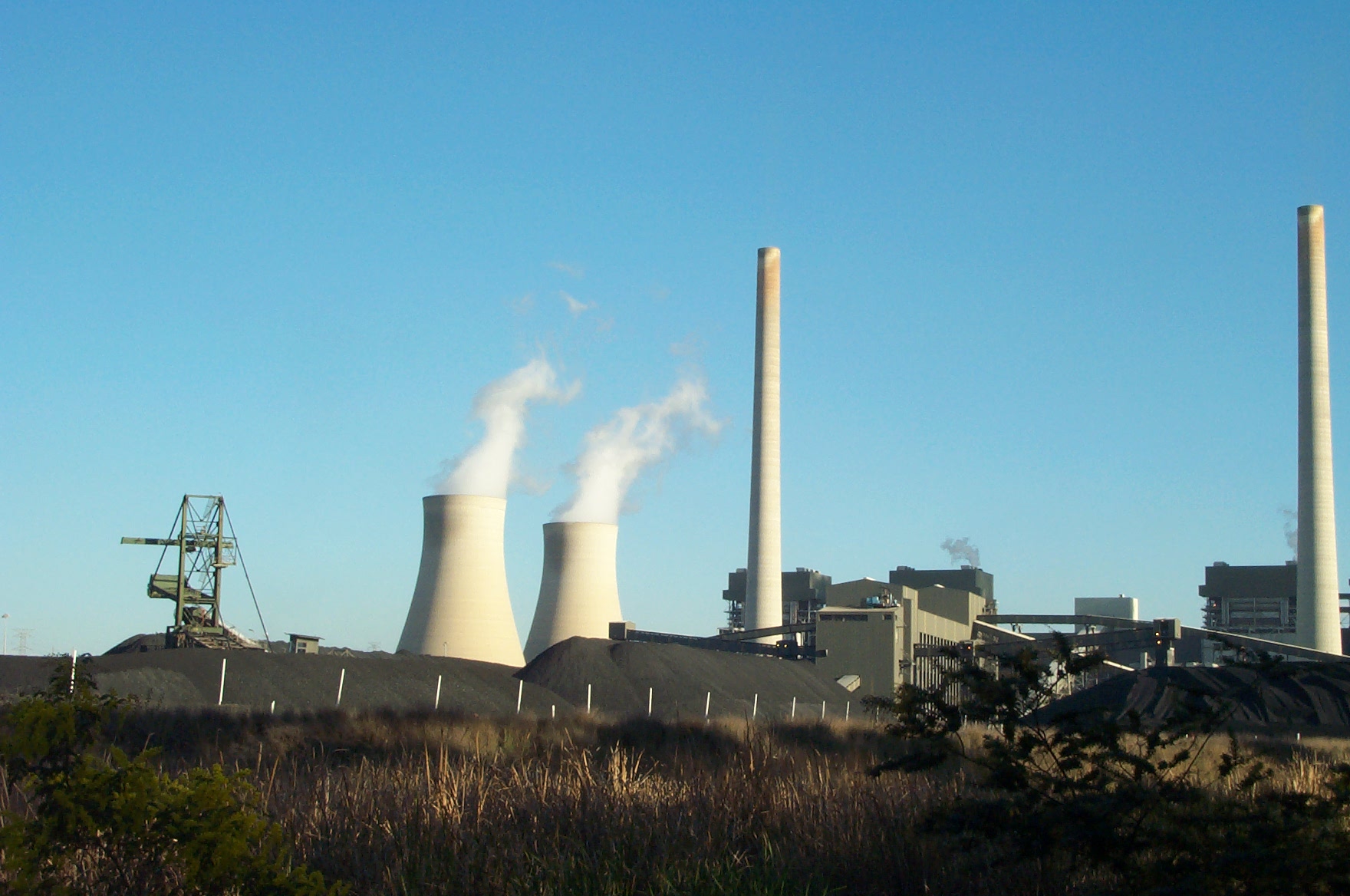The Global Future of Consumption
By Claire Asher, on 30 August 2013
The ever-growing human population, our increasing consumption of natural resources and our environmental impact, are a major concern. However, population growth and consumption varies dramatically from country to country and therefore our predictions of what the future may hold are also likely to differ between nations. Recent research in GEE used mathematical models of different population scenarios over the next 100 years to investigate the relative importance of curbing consumption and population growth.
In 1800, the global human population reached 1 billion, and by 2011 it had soured to seven times that. Although population growth is now slowing, current UN projections suggest that we will have reached 10 billion by 2080. Meanwhile, lifespan has tripled in the last thousand years while reproductive output (number of children) has halved worldwide, meaning many regions now have aging populations. However, there is considerable variation in this between countries and regions. In particular, developing nations tend to have higher mortality and higher birth rate. As countries develop and mortality decreases, they undergo what is known as the ‘demographic transition’, moving towards a lower birth rate as is observed in developed nations now.

Image by James Cridland
As population size increases, so do our demands on the environment. We are now undergoing global climate change, environmental pollution and loss of species, although these magnitude of these changes is heterogeneous across the globe. In general, while birth rate tends to decrease with population size, consumption per capita increases. This pattern is not sustainable, and resources are becoming an increasingly limiting factor for development, especially to the world’s poorest nations. Reduced pressure on the environment can only be achieved through either reducing the number of people, or reducing the consumption of resources per person. Reductions in population growth rate or consumption may therefore be able to mitigate these effects over coming decades, however the effects of changes in birth rate, demography, consumption and efficiency are unlikely to be uniform across the developed and developing world. To investigate this, Professor Georgina Mace and Dr Emma Terama from UCL and Professor Tim Coulson from the University of Oxford modelled consumption in the USA and India over the next 100 years under different scenarios. Reductions in both birth rate and emissions are needed to stabilise global consumption over the next century. A 1% reduction in both birth rate and C02 emissions over the next 50 years would be sufficient to achieve stability, however the impact of different scenarios varied between developed (USA) and developing (India) countries. In particular, short-term benefits are associated with reducing consumption in high income countries such as the USA, but long-term gains can be achieved through early reductions in population growth in developing countries.

The effect of changes in population growth are slow to become apparent, especially in young populations where there can be a considerable lag. However, early reductions in population growth yield substantial benefits in the long-term. By contrast, reductions in individual consumption in high-income countries can have a very rapid impact on national consumption, and may be easier to achieve in countries fitting this profile. Steps to reduce consumption now in countries such as the USA and the UK may be important in securing long-term global sustainability.
The world’s resources are rapidly becoming a limiting factor for our growing population. Reductions in per capita consumption, achieved through lower consumption or improved efficiency from technological innovations, can yield immediate benefits in reducing environmental pressures in developed countries. By contrast, long-term benefits can be gained through early reductions in population growth in developing countries. Understanding the dynamics of growth and consumption in relation to current and future development and demography is crucial if we are to plan for the future and act to minimise our impact on the global environment.
Original Article:
 Close
Close

